Clinical Pathways for the 5 Wound Types
Choose a wound type to view the associated clinical pathways and guidelines.
Choose a wound type to view the associated clinical pathways and guidelines.

135 Corporate Woods, Suite 320
Rochester, New York 14623-1466
Phone: (585) 758-7823
Fax: (585) 424-1268
This is not an offer to purchase or a solicitation of an offer to purchase any securities or interest in Accountable Health Partners, LLC (AHP). An offer will only be made by means of a confidential private placement memorandum and subscription agreement.
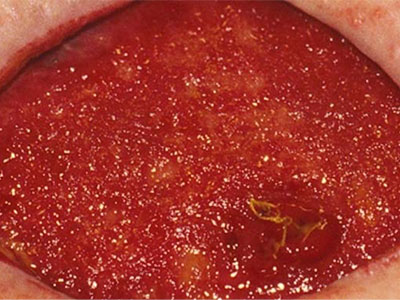


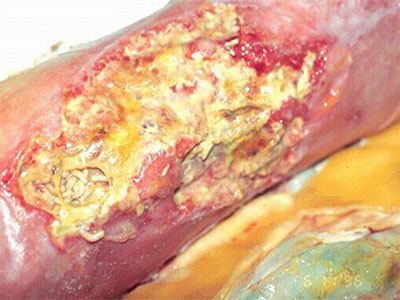
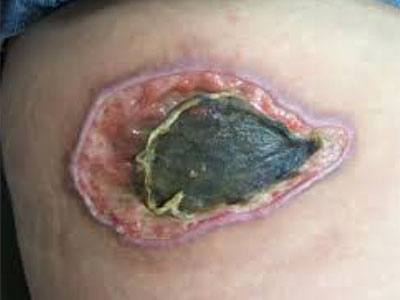
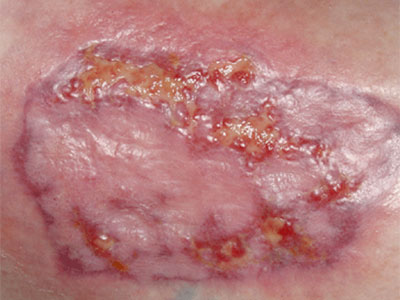
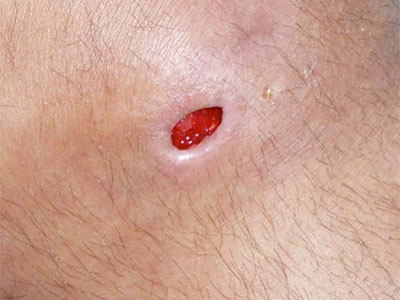
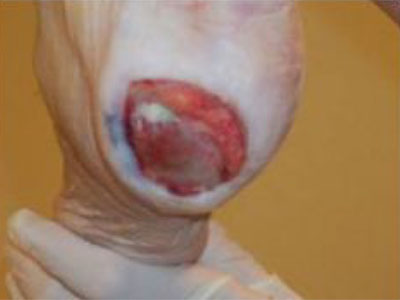
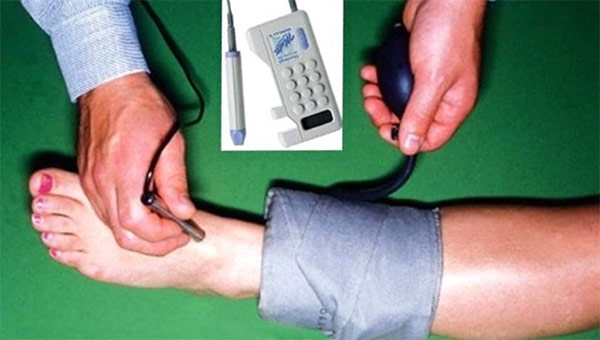
| ABI Value | Interpretation | Recommendation |
|---|---|---|
| Greater than 1.4 | Calcification/vessel hardening | Refer to vascular specialist |
| 1.0 - 1.4 | Normal | None |
| 0.9 - 1.0 | Acceptable | None |
| 0.8 - 0.9 | Some arterial disease | Treat risk factor |
| 0.5 - 0.8 | Moderate arterial disease | Refer to vascular specialist |
| Less than 0.5 | Severe arterial disease | Refer to vascular specialist |
Medicare/Medicare HMO patient must be homebound (trouble leaving home without help [e.g., using a cane, wheelchair, walker, or crutches]; needing special transportation; or requiring help from another person) because of an illness or injury, or leaving home isn't recommended because of condition, normally unable to leave home because it's a major effort